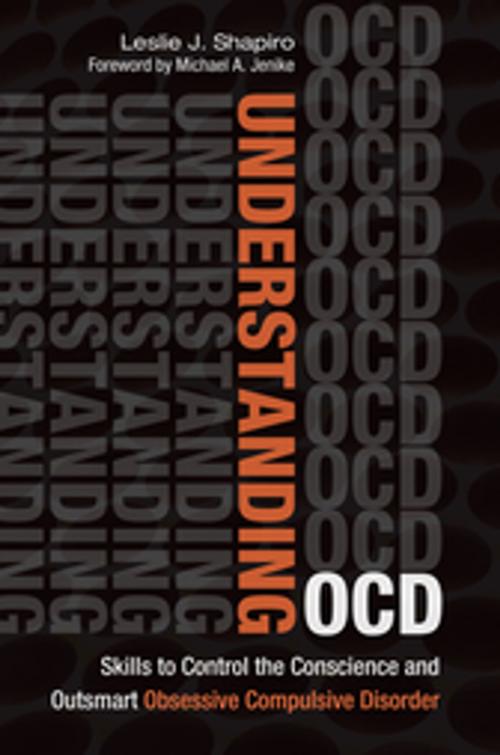Understanding OCD: Skills to Control the Conscience and Outsmart Obsessive Compulsive Disorder
Nonfiction, Health & Well Being, Psychology, Compulsive Behaviour, Mental Health| Author: | Leslie J. Shapiro, Robert G. Diforio, Lisa Tener | ISBN: | 9781440832123 |
| Publisher: | ABC-CLIO | Publication: | March 10, 2015 |
| Imprint: | Praeger | Language: | English |
| Author: | Leslie J. Shapiro, Robert G. Diforio, Lisa Tener |
| ISBN: | 9781440832123 |
| Publisher: | ABC-CLIO |
| Publication: | March 10, 2015 |
| Imprint: | Praeger |
| Language: | English |
This is an eye-opening study of one of the most common psychiatric ailments diagnosed today—obsessive compulsive disorder (OCD). Written by Leslie J. Shapiro, a renowned therapist at one of the most well known OCD facilities in the world, this reference shares effective treatment strategies and clinical factors for helping therapists, mental health professionals, psychology students, clergy, and others deal with patients coping with this illness. The author offers case examples from her 15 years of residential work with patients, demonstrating how sufferers—even the most treatment resistant—can get control of the condition.
Organized into three sections, this guidebook first reveals how OCD and guilt are intertwined and explores survival instincts, cultural factors, and the nature of thoughts. The second section covers aspects of the obsessive conscience such as scrupulosity, moralosity, and obsessive guilt. The book's conclusion describes effective exposure and response prevention strategies for these symptoms and examines methods of treatment that augment and help maintain recovery. An in-depth discussion on the differences between compulsive and impulsive behaviors—as well as other treatment impediments—is included.
This is an eye-opening study of one of the most common psychiatric ailments diagnosed today—obsessive compulsive disorder (OCD). Written by Leslie J. Shapiro, a renowned therapist at one of the most well known OCD facilities in the world, this reference shares effective treatment strategies and clinical factors for helping therapists, mental health professionals, psychology students, clergy, and others deal with patients coping with this illness. The author offers case examples from her 15 years of residential work with patients, demonstrating how sufferers—even the most treatment resistant—can get control of the condition.
Organized into three sections, this guidebook first reveals how OCD and guilt are intertwined and explores survival instincts, cultural factors, and the nature of thoughts. The second section covers aspects of the obsessive conscience such as scrupulosity, moralosity, and obsessive guilt. The book's conclusion describes effective exposure and response prevention strategies for these symptoms and examines methods of treatment that augment and help maintain recovery. An in-depth discussion on the differences between compulsive and impulsive behaviors—as well as other treatment impediments—is included.




![Cover of the book Women in Sports: Breaking Barriers, Facing Obstacles [2 volumes] by Leslie J. Shapiro, Robert G. Diforio, Lisa Tener](https://www.kuoky.com/images/2017/july/300x300/9781440851254-MJef_300x.jpg)




![Cover of the book A Military History of Africa [3 volumes] by Leslie J. Shapiro, Robert G. Diforio, Lisa Tener](https://www.kuoky.com/images/2013/october/300x300/9780313395703-pNvJ_300x.jpg)





![Cover of the book World War I: The Definitive Encyclopedia and Document Collection [5 volumes] by Leslie J. Shapiro, Robert G. Diforio, Lisa Tener](https://www.kuoky.com/images/2014/october/300x300/9781851099658-shTF_300x.jpg)